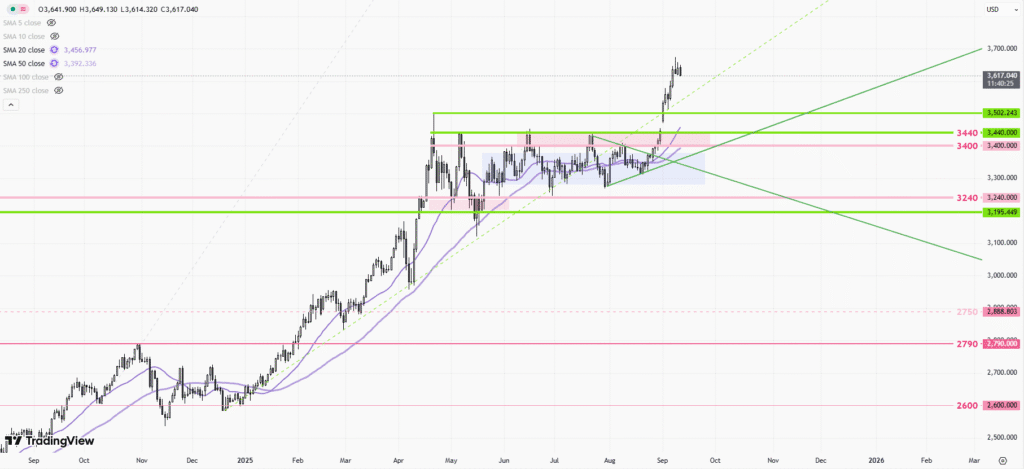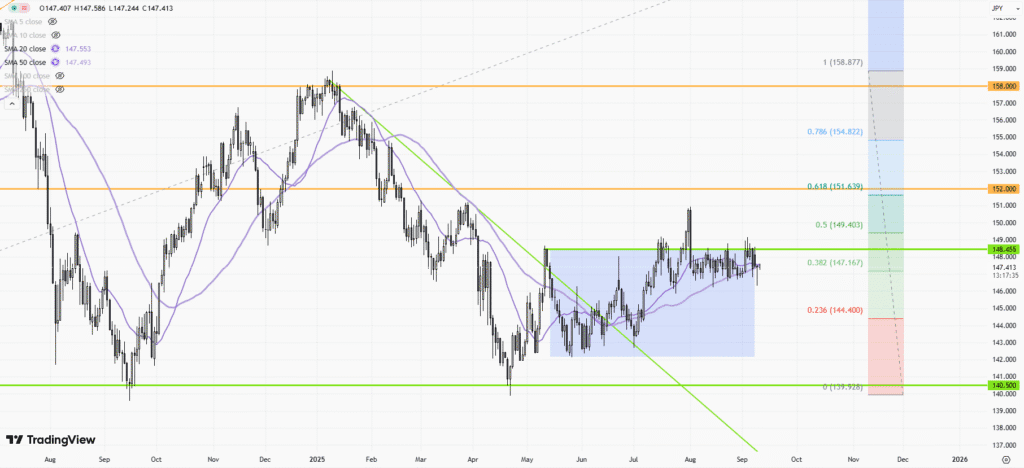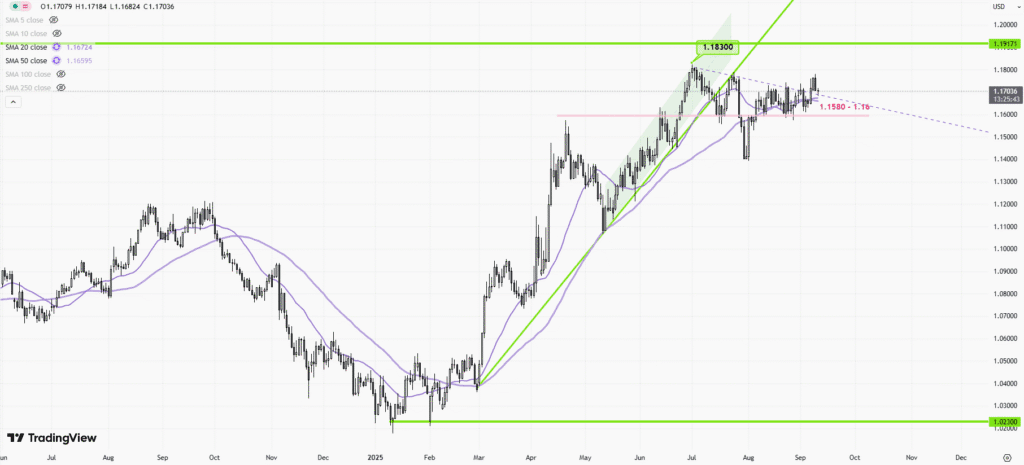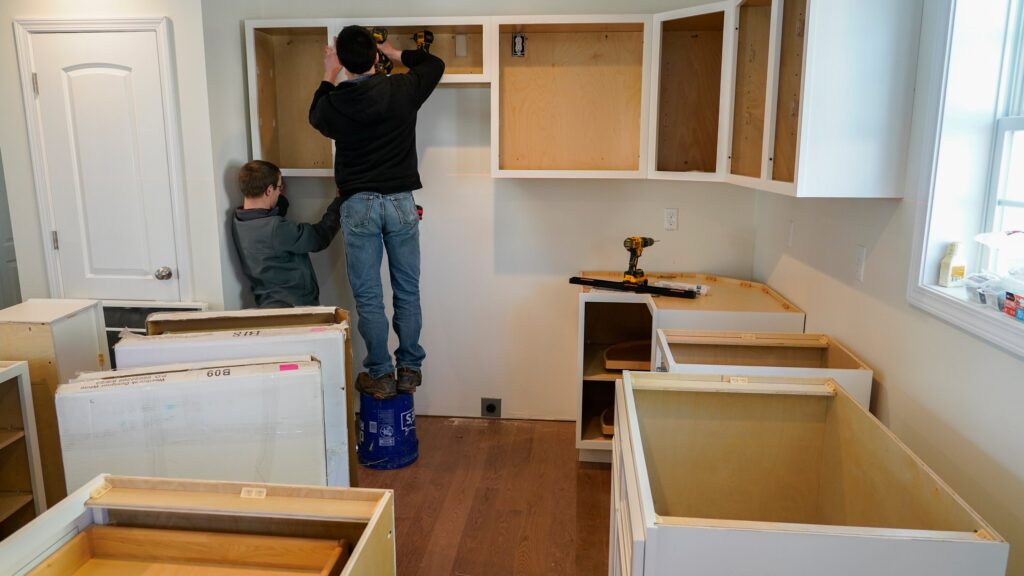 |
| Gold V.1.3.1 signal Telegram Channel (English) |
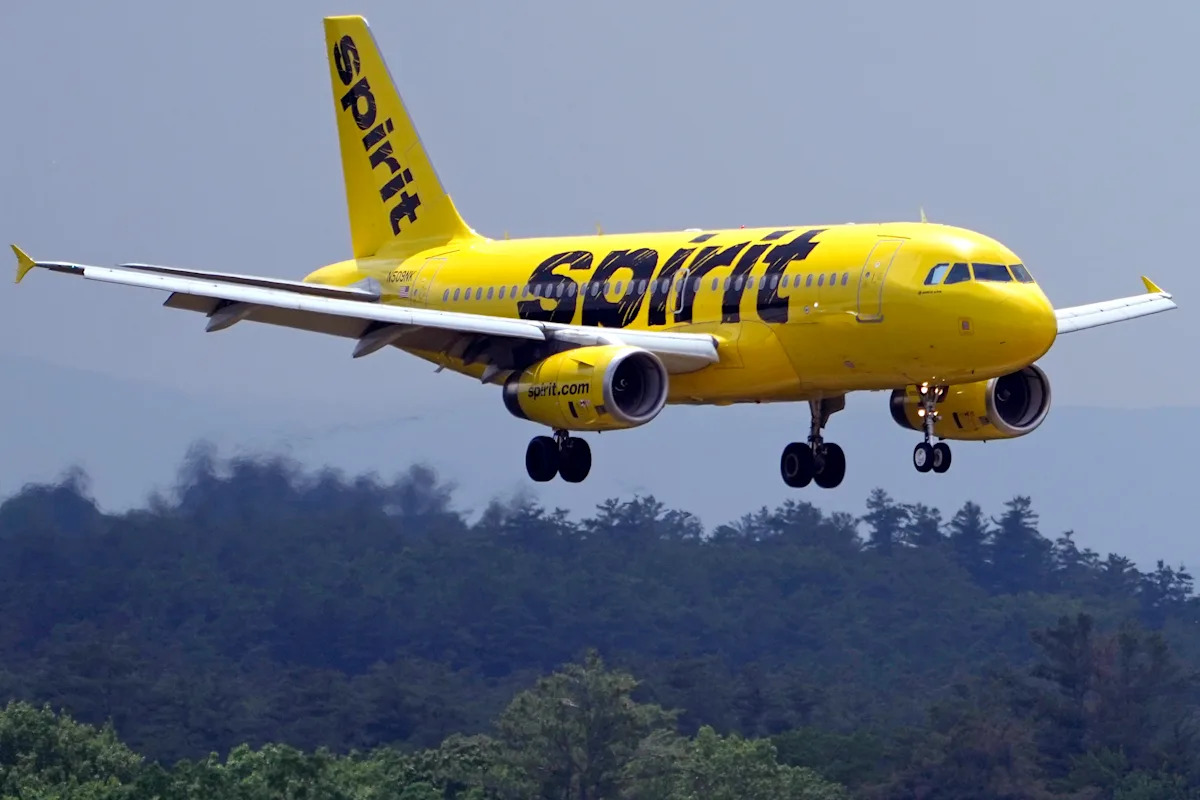
Spirit Airlines’ Dire Warning: Can the Ultra-Low-Cost Carrier Survive Its Looming Liquidity Crisis?
2025-08-13 @ 04:00
Spirit Airlines just issued one of its starkest warnings yet: without a rapid turnaround, the ultra-low-cost carrier may not survive the next 12 months. The company told investors there is “substantial doubt” about its ability to continue as a going concern, citing weak domestic leisure demand, a punishing pricing environment, and liquidity pressures that persist despite a recent restructuring. The market reaction was swift and severe, with shares plunging as investors recalibrated the risk of a potential wind-down.
To understand how Spirit got here, it helps to look at the structural shifts reshaping U.S. aviation. Since the pandemic, demand has bifurcated. Premium cabins and upsell products—extra legroom, priority boarding, bundled fares—have proved resilient, while purely price-sensitive traffic has softened under inflation and changing consumer preferences. That’s a direct hit to the ULCC model, which depends on high load factors and ancillary revenue to offset ultra-low base fares. When demand cools and competitors discount to fill seats, margins evaporate quickly.
Spirit has tried to pivot. Management has rolled out higher-yield offerings, including roomier seating and premium-style options, to capture customers trading up from bare-bones fares. It has also moved to shore up liquidity by selling and leasing back spare engines, trimming headcount, and furloughing pilots to cut fixed costs. These are classic survival tactics for airlines navigating a cash squeeze. But they carry trade-offs: asset sales reduce future flexibility, and labor actions can constrain capacity just when operational reliability matters most.
The central challenge now is time. Spirit must meet minimum liquidity covenants with lenders and payment processors while navigating a slower peak travel environment than it banked on. If cash burn doesn’t improve and financing windows stay tight, covenant breaches could trigger defaults or force dilutive capital raises on unfavorable terms. In practical terms, that means every lever—pricing, schedules, cost cuts, asset monetization—must contribute quickly to preserving cash.
For travelers, the implications are mixed. Near term, expect aggressive promotions and tactical fare cuts on contested routes as Spirit fights to keep planes full. But volatility risk rises: schedule changes, capacity reductions, and thinner operational buffers can mean more delays and cancellations. If you have future bookings, consider refundable fares, travel insurance with supplier default coverage, or backup options on legacy carriers—especially for critical trips.
For investors, Spirit’s fate will hinge on a few catalysts over the next year:
- Unit revenue recovery: Any firming in domestic leisure demand or successful upselling into premium-style products would ease cash burn. Conversely, continued overcapacity on key routes would keep yields depressed.
- Cost discipline: Further non-labor savings, fleet optimization, and targeted network pruning could extend the runway. Watch fuel trends and maintenance costs closely—they can swing quarterly outcomes.
-
Financing access: New credit facilities, sale-leasebacks at reasonable rates, or strategic partnerships could bridge to a more stable demand backdrop. Equity raises are possible but dilutive at current valuations.
-
Competitive dynamics: If rivals pull capacity or pivot away from Spirit’s core markets, pricing power could improve. If not, ULCC economics stay under pressure.
Could consolidation reemerge as a solution? A prior merger attempt with a larger competitor failed on antitrust grounds. Regulatory scrutiny of airline tie-ups remains high, particularly where consumer choice could shrink. That makes a near-term rescue via acquisition uncertain, though a distressed environment can change deal math and stakeholder incentives.
It’s important to separate two ideas: a going-concern warning is not a shutdown notice. It’s an accounting and legal signal that, based on today’s information, survival isn’t assured without successful execution of management’s plan. Airlines have recovered from similar moments when conditions improved and financing aligned. But it’s also a clear alert: Spirit’s margin for error is thin, and execution must be near flawless.
Bottom line: Spirit is in a race against time to stabilize revenue, cut costs, and secure liquidity. Travelers should plan with flexibility, and investors should focus on cash metrics, covenant headroom, and evidence of pricing traction. The next two to three quarters will likely determine whether the carrier can reestablish a sustainable footing or face more drastic outcomes.


